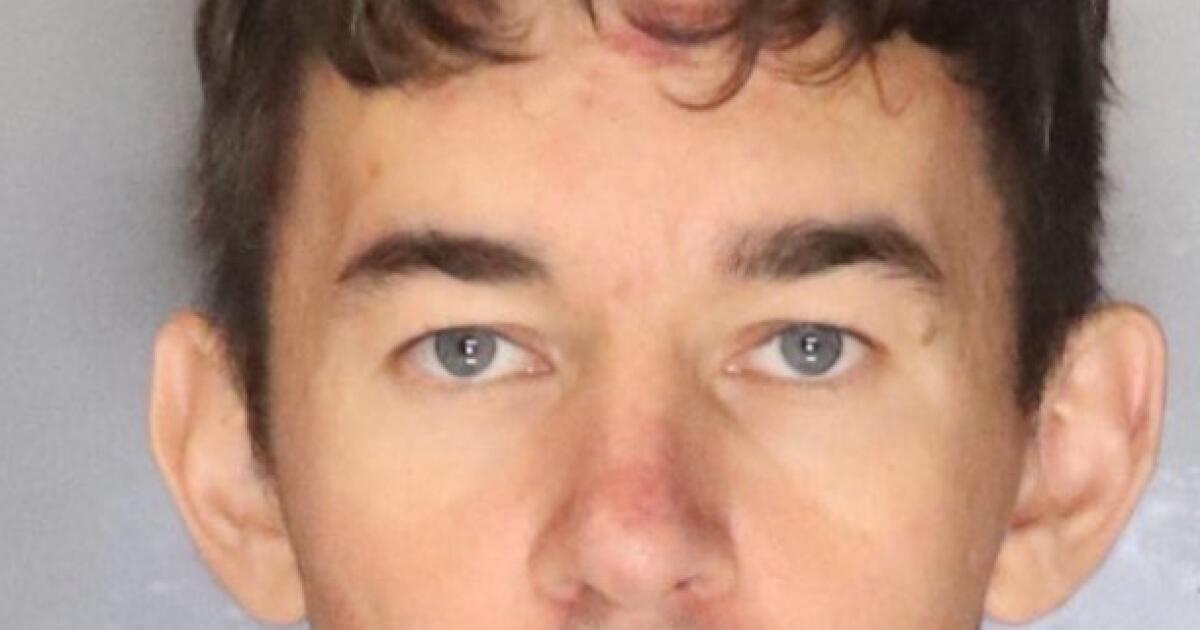Cathy Wurzer, the host of Minnesota Public Radio’s “Morning Edition” and co-host of public television’s Friday night staple “Almanac,” calls herself a news junkie and historian. She grew up in South Minneapolis in the 1970s, a time when local television news was king and its poofy-haired anchors were hailed as celebrities in the Upper Midwest.
Televisions were free-standing monstrosities in those days, and Wurzer, her parents and two siblings watched KSTP’s local newscast and the national Huntley-Brinkley Report on an RCA black-and-white set she described as “a battleship.” Wurzer wanted to be a meteorologist like her hero, KSTP’s Walt Lyons. (She wrote him a fan letter, and still has his response in a file somewhere.)
Today, of course, we mostly get our news on our smartphones from everywhere — at least, those of us who still care about it. But back then, you had two choices: TV or newspapers. TV news in those days was a big money-maker for local stations, and ultra-competitive. That period always intrigued Wurzer, who spent eight years researching and co-producing the documentary “Broadcast Wars,” which debuts Tuesday night at 7 p.m. on TPT 2.
It took eight years because, well, Wurzer has a day job — or three. (She recently dropped the third, the noontime radio show Minnesota Now.) “The time part was a little tricky, I have to be honest with you,” she said. “Not to name drop, but the great Ken Burns takes eight years to get one of his films completed from start to finish. I’m thinking, ‘I’m on track.’”
Wurzer started her career on KSTP Radio in 1985, so the film is KSTP-heavy. It’s an intriguing study of how TV news in the Twin Cities evolved from the 1960s through the 1980s, loaded with archival footage Wurzer spent hundreds of hours watching.
If you lived here during that time, you’ll recognize your favorites: the legendary Dave Moore of WCCO; Don Shelby and Pat Miles of WCCO; Ron and Paul Magers, the brothers who anchored No. 1 newscasts at different stations at different times; and Cyndy Brucato of KSTP. Moore died in 1998, but the others were among more than a dozen former news, weather and sportscasters Wurzer interviewed for the film.
There’s another unlikely star subject: KSTP mogul Stanley Hubbard, now in his early 90s, whose ruthless quest for the market’s top-rated newscast set much of the competition in motion. As the film reveals, when Moore’s “The Scene Tonight” newscast on WCCO topped the ratings, Hubbard sent tapes of Moore to out-of-town stations in the hope one of them would hire him away and eliminate the competition. (This, apparently, was a popular tactic in the industry.)
“KSTP was the king from when they went on the air until the late 1960s,” Wurzer said. “They dominated the market. Then WCCO usurped them. WCCO came on the scene in the late 1960s, and they had this camaraderie that people loved. So WCCO toppled KSTP from its No. 1 position and stayed there for the longest time.”
Then Ron Magers arrived from San Francisco to anchor at KSTP in 1974, teaming with Brucato to restore Hubbard’s station to the top spot. At one point their newscast drew a 52 share, meaning 52% of all TV households in the Twin Cities market were watching — an incredible number that’s unthinkable in today’s fragmented television marketplace.
“You watch Ron Magers and it was like, that guy, network quality,” Wurzer said. “He was so smooth. Knew what he was talking about. Engaging. They were No. 1 shortly after he arrived, and stayed there until Magers left in 1981 to go to Chicago.
“Then the next big dog was Paul Magers, the younger brother, hired by the now KARE-11 (formerly WTCN). He brought KARE-11 to their prominence in the 80s. It was fun to talk to both of them.” Paul Magers and Diana Pierce co-anchored the WTCN/KARE newscast from 1983-2003.
Newscasts generated so much advertising revenue that stations sent reporters all over the country and even overseas to chase stories without a second thought. Mobile vans and news helicopters brought live shots to living rooms. Consultants essentially ran the industry, influencing the look of newscasts — everything from the sets to hairstyles to who got to sit in the anchor chairs. All the comings and goings were big news in the Star Tribune and Pioneer Press.
“To listen to a guy like Ron Handberg (the former WCCO general manager and news director) talk about the attention to detail and the tenets and importance of journalism back then, it made me proud to be a journalist, to be honest,” Wurzer said. “And how they all worked like dogs, running their assess from point-to-point to get the story on the air and trying to deal with the technology.
“It was hysterical doing some of the research for this and asking Stan Hubbard how they thought about how they were going to use the technology. They had to think through the makeup they were going to use on the anchors and hosts. And they would spend hours lighting these people, because they either looked great or they looked horrible. And the Hubbards were kind of on the forefront of that, too.”
But it wasn’t all fun and games, especially for women and the few people of color, who faced overt sexism and racism. Marcia Fluer, a political reporter at KSTP and WCCO, said a male colleague once came up from behind her while she was typing and grabbed her left breast. When she reacted, she said the man responded, “Well, the woman before you didn’t mind.”
Alcohol abuse was also prevalent. Shelby frankly discussed the fallout from the night he went on the air intoxicated, telling Wurzer he’s been sober for 43 years. And Ron Magers described the intervention that finally convinced him to get help.
Still, if you remember those times fondly, you’ll love this look back. Wurzer and Twin Cities PBS executive producer Daniel Bergin debuted the film last Thursday night at the Riverview Theatre, the restored 1950s art house in South Minneapolis a few blocks from where Wurzer grew up. (Of note: The popcorn’s as good as ever.)
The mostly silver-haired audience included former KARE-11 and WCCO meteorologist Paul Douglas, who appears briefly in the film; KARE-11 storyteller Boyd Huppert, who recently announced he’s cancer-free; and, by the sound of it, dozens of behind-the-scenes station employees who gasped at the snippet of a 1980s-era cameraman lugging enough gear to storm the beach at Normandy.
“Everyone says they were in the business at the right time,” Wurzer said. “Now you have diminished budgets, fractured viewership. The whole media landscape is so fragmented, it’s just so very different. And I think it’s harder than it was before.”

Pat Borzi
Pat Borzi is a contributing writer to MinnPost. Follow him on Twitter @BorzMN.








Leave a Reply